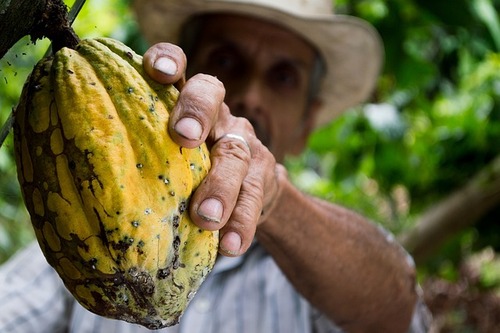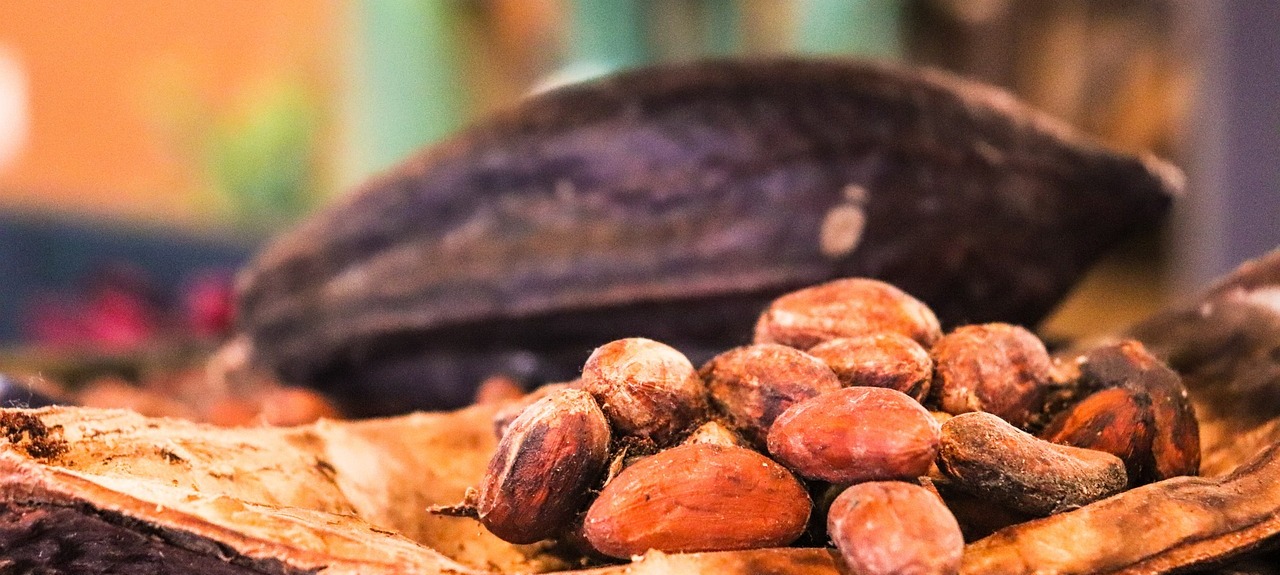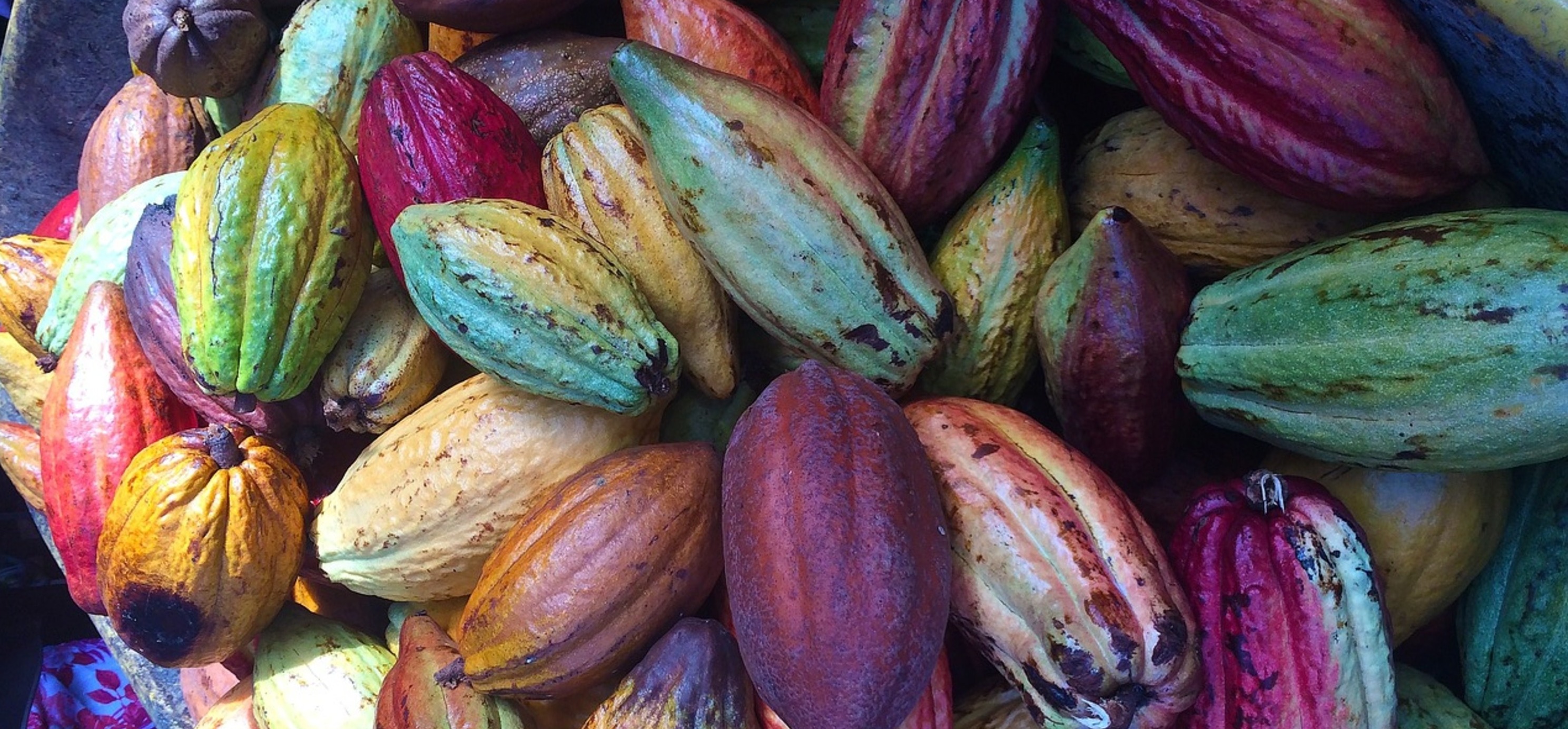The Origin of Chocolate
Cacao, scientifically known as Theobroma cacao, has been an essential part of various cultures for millennia, playing a crucial role in both religious rituals and ancient economies. The earliest evidence of cacao use dates back over 3,000 years.
For the Maya, cacao was a gift from the gods. The cacao tree held a special place in Maya mythology, and it was believed that the god Kukulkán had given cacao to the Maya after the creation of man. It was used in religious ceremonies, weddings, and funeral rituals. Additionally, a bitter and frothy drink called "chocolhaa" was prepared and consumed on special occasions.
The Aztecs also regarded it as a sacred product. Emperor Moctezuma consumed large quantities of "xocoatl," made from ground cacao beans, water, and spices such as vanilla and chili. For the Aztecs, cacao held such high value that it was used as currency.
Cacao arrived in Europe in the 16th century, thanks to the Spanish conquistadors returning from their expeditions in the New World. Hernán Cortés, after conquering the Aztec empire, was one of the first to send cacao beans to Spain. Initially, cacao was met with skepticism by European nobility, but it quickly adapted to the European palate by being sweetened with sugar and flavored with cinnamon and vanilla. The cacao drink became a delicacy among royalty and aristocrats.
Development of the Chocolate Industry
Over time, cacao evolved from an exclusive beverage to a treat accessible to the masses. In the 18th century, the first chocolate factories began to emerge in Europe. In 1828, Dutch chemist Coenraad van Houten invented a method to extract cocoa butter from cocoa liquor, allowing for the production of cocoa powder and facilitating the creation of solid chocolate. This invention revolutionized the industry and laid the foundation for mass production of chocolate.
Today, cacao is a crucial crop for the economies of many tropical countries. Ivory Coast and Ghana are the largest cacao producers in the world, accounting for over 60% of global production. Cacao is not only vital to the economy of these countries, but it is also a crop that sustains millions of farmers and their families. The chocolate industry continues to grow, driven by innovation and increasing global demand.
Challenges and Sustainability
Despite its success, cacao production faces several challenges. Climate change, cacao diseases, and unsustainable farming practices threaten long-term production. Additionally, labor conditions on cacao plantations have come under scrutiny, with concerns about child labor and low wages for farmers. Fortunately, there is a growing movement toward sustainable cacao production, with initiatives promoting fair and environmentally friendly farming practices.
Cacao has traveled a fascinating path from its humble beginnings in the jungles of Mesoamerica to becoming the heart of a global multimillion-dollar industry. Its history is a testament to its cultural, economic, and social value over the centuries. Today, as we enjoy our exquisite chocolate-covered sweets and cookies, we are participating in an ancient tradition that connects people across cultures and ages. At the same time, we must recognize and support efforts toward more sustainable and fair cacao production, ensuring that this precious resource continues to be a source of joy and sustenance for future generations.
 Cookie preferences
Cookie preferences




